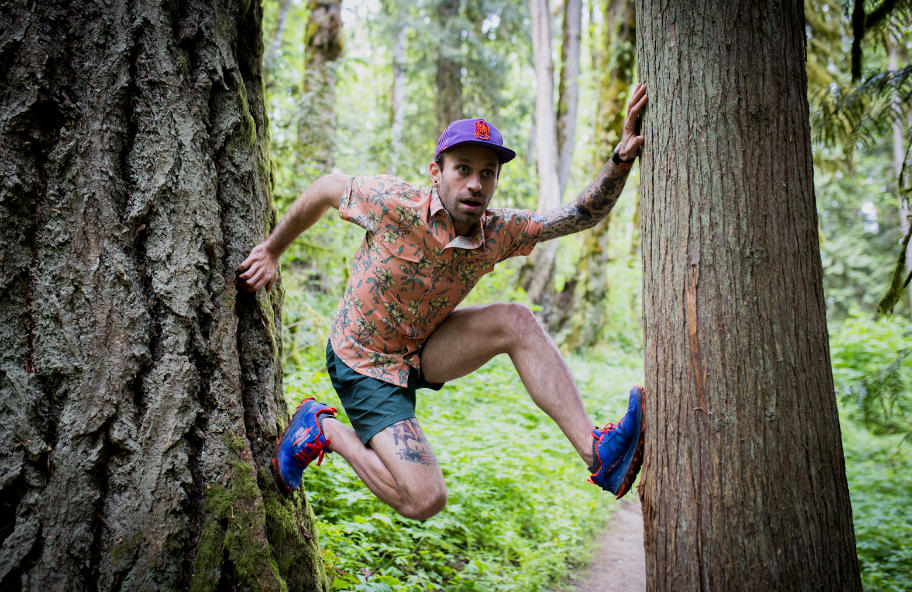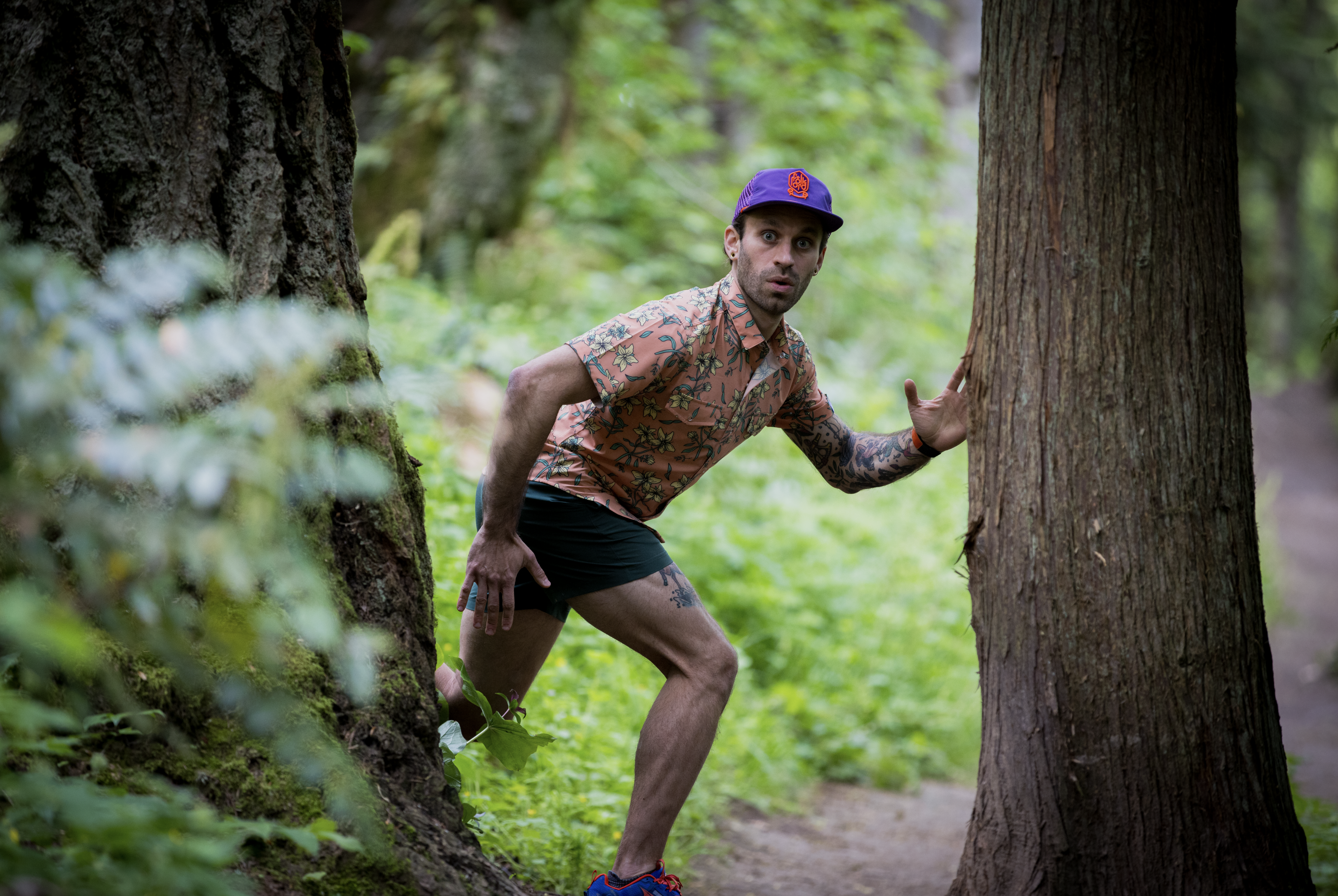Keep Running Wyrd

I’ll never forget the first time I walked on a run. I know, right? The concept seemed so foreign to me at the time, but there I was: on a run…not running. This is the concept of keeping running wyrd.
For years, I was exclusively a road runner. Running was always my cardiovascular supplement to my weight training, my rock climbing, whathaveyou, basically anything that wasn’t running. Because running was a chore. A constant. Not a variable. It was a thing I simply got done, and I am very good at getting things done. So, come the crack of dawn or the lunchtime bell (is this a thing?) I would be off like the wind. I could slot in a 5K averaging a 6:30 mile on the same route I always ran, and badda-bing-badda-boom, I was done! All was well with the universe. I had gone on a run, and I had in fact run. Then my friend took me on a trail.
In the Pacific Northwest, our trails are nothing to scoff at. Many of the ones I frequent start with a thousand-foot climb from your car door. Suffice it to say, running isn’t always physically an option. And at first, this irritated me. I was supposed to be going for a run, dammit! Was I not fit enough? Not hardcore enough? Why couldn’t I maintain a constant pace like I always had? Why would anyone in their right might call this running?
On Unity & Catastrophe
In the late 1700s geologist James Hutton solidified the concept of uniformitarianism, “the idea that the same forces that exist today existed in the past, and therefore that the current conditions on Earth sufficed to explain every geological phenomenon.” (The New Yorker, 2024) And this was great for about a century, until other geologists started to realize that using the present as a means to determine the past is a pretty myopic and constraining view of history. Thus birthed the counter-theory of catastrophism: the idea that “natural history has been punctuated by catastrophic events [like meteors, volcanic eruptions, etc.] that altered the way life developed and rocks were deposited.” (University of Illinois, 2024) Instead of assuming the present can be compared to any one moment that came before it, catastrophism uses the past as an abacus to inform us about our present and our future. And according to the past, our present and future can be kind of, sort of, incredibly unpredictable at times. But that’s just the way the fates would have it. Speaking of…
ADVERTISEMENT
Norse Mythology
Wait what? It’s okay, stay with me. Remember: sometimes the past doesn’t give a clear representation of where you’re headed. In Norse mythology, the Norns are deific prognosticators, in charge of shaping destiny. These three sisters are often depicted weaving a web or rope or twine to symbolize the thread of time. (You may find this symbolism even as far-reachingly resonant with the Loki Disney+ series in the current Marvel multiverse saga, if that’s what you’re into.) One of these ladies’ names is urðr, which in Old English translates to wyrd, and whose meaning aligns closely with “fate.” It’s also where we derive our modern word weird, which has come to mean “strange” or “supernatural” or “unexpected,” tying a semantic knot across millennia. Fate isn’t a perfect Newton’s Cradle, ticking away through eternity. It’s a few pebbles tumbling along a beach, until the tectonic plate that beach is on unexpectedly plummets into the ocean. As Marcia Bjornerud explains in her book Timefulness (2018), in order to consider our future on this planet and our influence on it, we have to take a wyrder view of how the past has influenced our present. Then maybe we can understand the harmony between uniformity and catastrophe.
Keep Running Wyrd
That’s all trail running is. Uniformity punctuated by catastrophe. It’s a visceral connection to time and timefulness which implores you to realize different things got you here, and different things will get you there. You don’t have to run on a run. You can walk. You can stop. You can take a nap, I don’t care. It’s still a run. A run in the woods is a product of everything that came before you: immense universal fortitude, idiosyncrasy, peaks and valleys, summits and downfalls. Everything that led you to this moment. It’s your story to tell. So what’s the rush? You might as well enjoy it. What you’re doing is fun, exhilarating, adventurous, rewarding, punishing, crazy, and yes, to a lot of folks, weird. I hereby anoint you and grant you permission to walk on a run. And urge you to keep running wyrd.
ADVERTISEMENT

Elliot Matson is an avid trail runner living in Portland, Oregon. When he isn't in the woods, he's a writer, graphic and motion designer, editor and creative director working in marketing and advertising. He's also the founder of the trail running brand Folklord, which makes mythically stylish, high-performance endurance apparel designed for legendary days—check it out at wearfolklord.com and follow the journey on Instagram.









